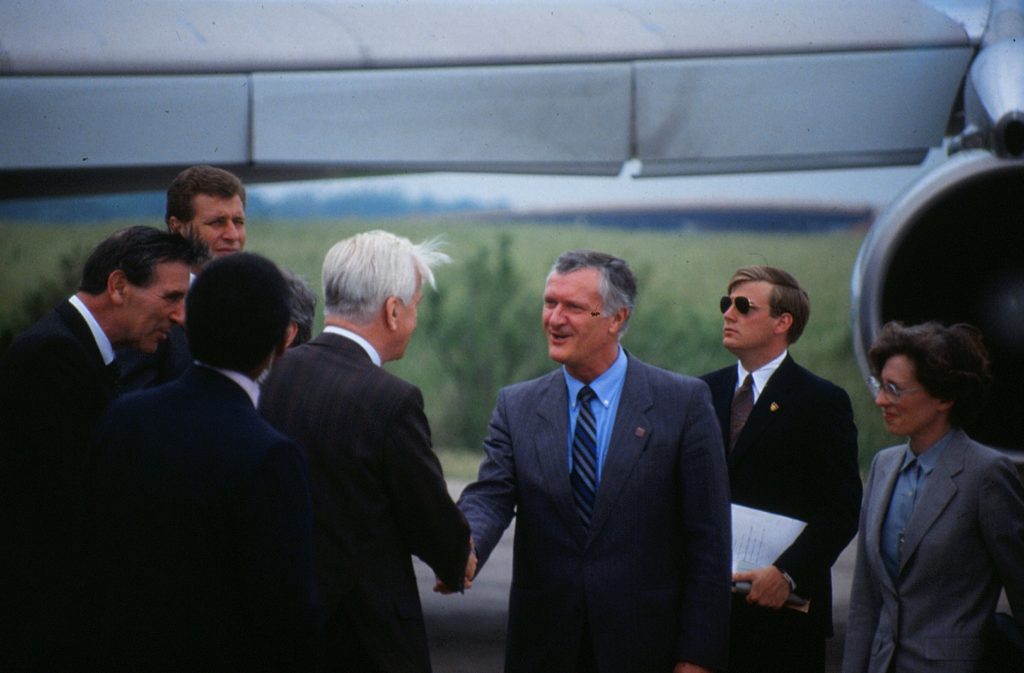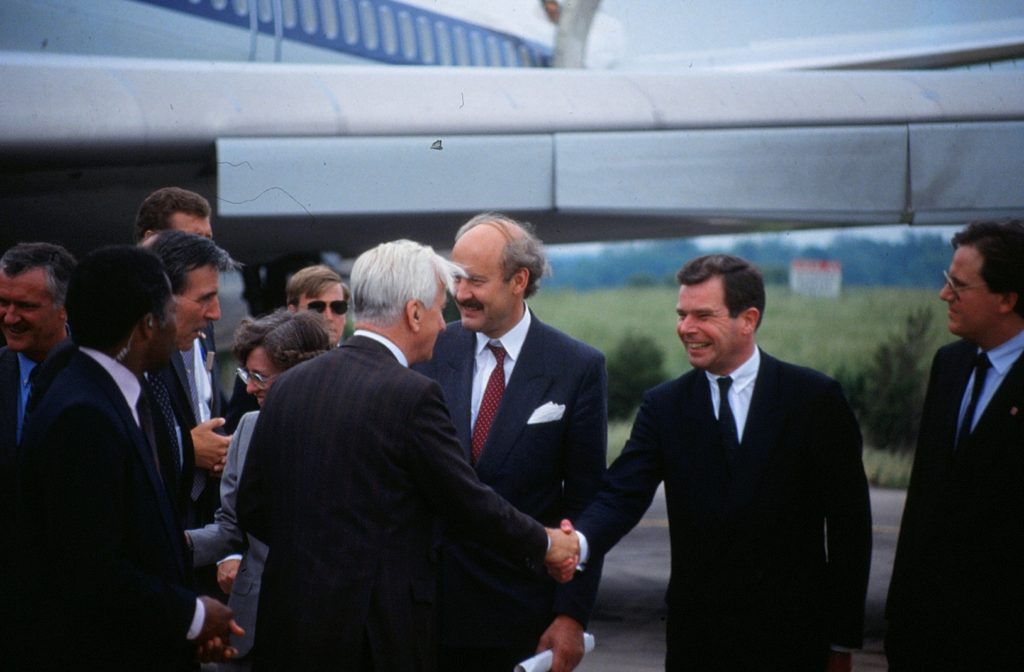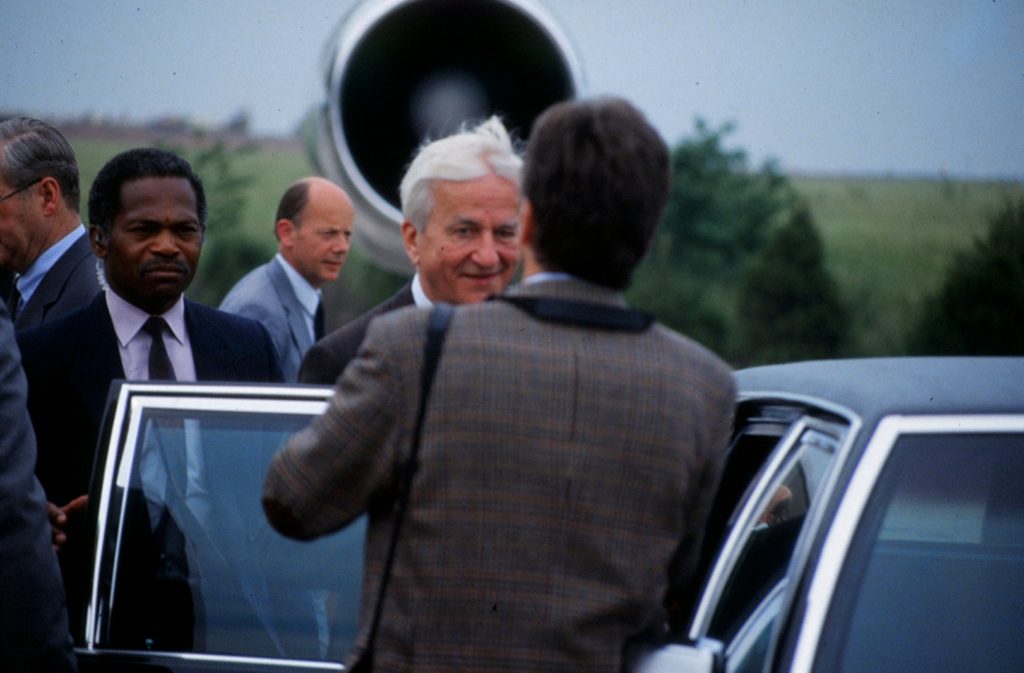Weizsäcker was elected as President of West Germany and took office on 1 July 1984.
Weizsäcker, who was known as a great speaker, delivered his most famous speech in 1985, marking the 40th anniversary of the end of the Second World War in Europe on 8th May 1945.
He articulated the historic responsibility of Germany and Germans for the crimes of Nazism.
In contrast to the way the end of the war was still perceived by a majority of people in Germany at the time, he defined 8th May as a day of liberation.
He pointed out the inseparable link between the Nazi takeover of Germany and the tragedies caused by the Second World War.
Most notably, Weizsäcker spoke of the danger of forgetting and distorting the past.
When the unspeakable truth of the Holocaust became known at the end of the war all too many of us claimed they had not known anything about it or even suspected anything.
The speech was later released on vinyl and sold around 60,000 copies. Two million printed copies of its text were distributed globally, translated into thirteen languages, with 40,000 being sold in Japan alone.
This does not include copies of the speech printed in newspapers, such as the New York Times, which reproduced it in full.
We Germans must look truth straight in the eye – without embellishment and without distortion. […] There can be no reconciliation without remembrance.
All of us, whether guilty or not, whether young or old, must accept the past. We are all affected by the consequences and liable for it. […]
Weizsäcker took office for his second presidential term on 1 July 1989, and in the course of it he oversaw the end of the Cold War and the Reunification of Germany.
Thereupon, Weizsäcker became the first all-German Head of State. In 1990, Weizsäcker became the first head of state of the German Federal Republic to visit Poland.
Weizsäcker died in Berlin on 31st January 2015, aged 94.
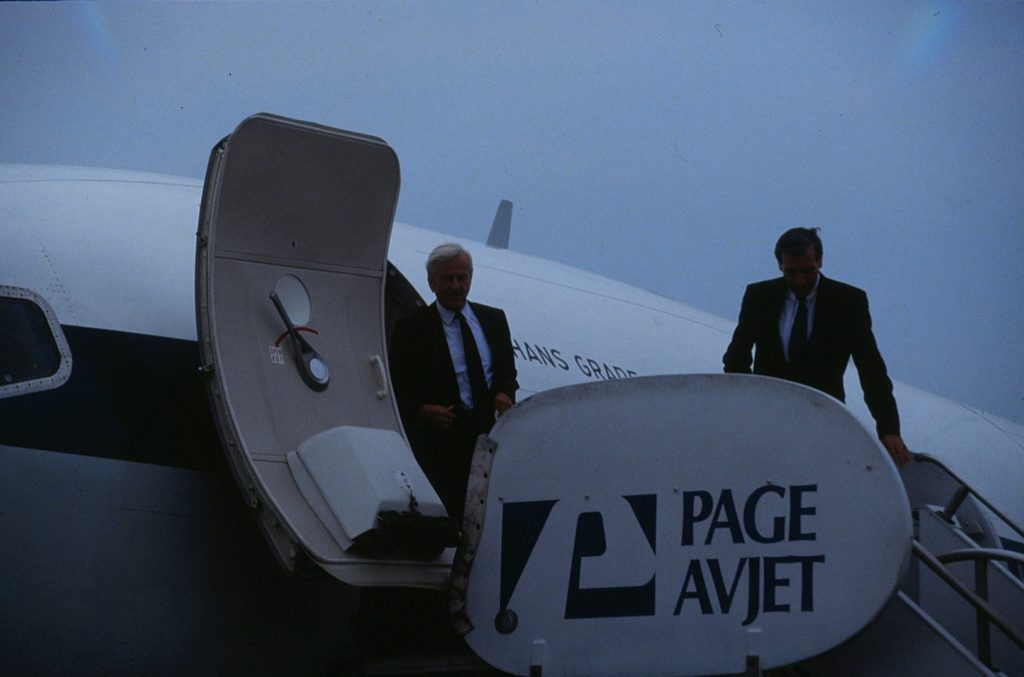
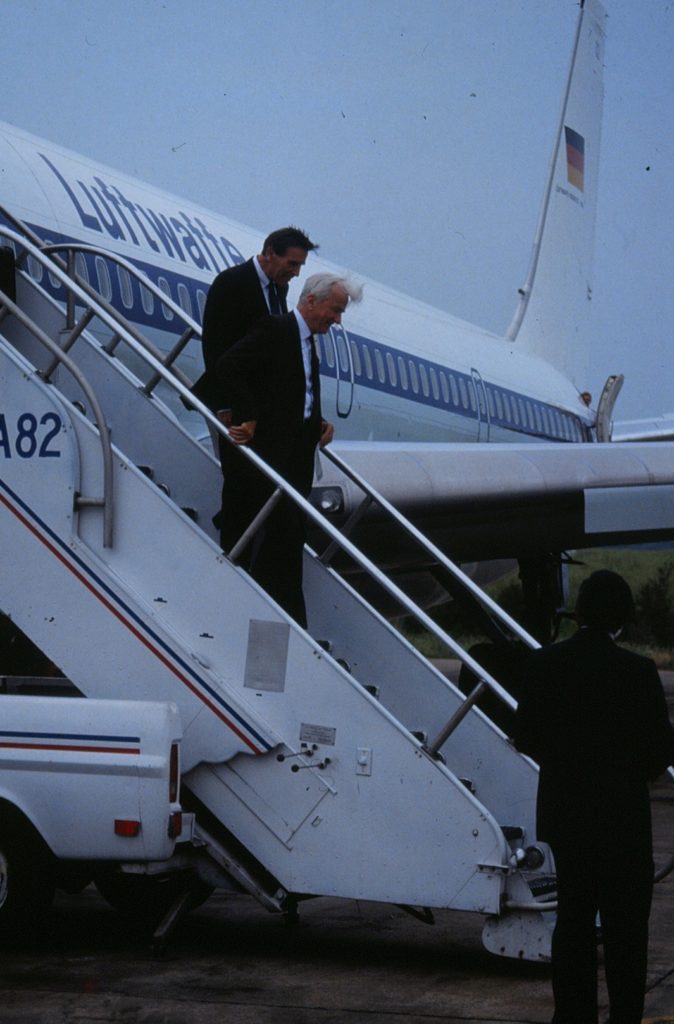
After the outbreak of the Second World War, Weizsäcker joined the German army, ultimately rising to the rank of Captain in the Reserves.
He joined his brother Heinrich’s regiment, the Infantry Regiment 9 Potsdam. He crossed over the border to Poland with his regiment on the very first day of the war.
His brother Heinrich was killed about a hundred meters away from him on the second day. Weizsäcker watched over his brother’s body through the night, until he was able to bury him the next morning.
His regiment, consisting in a large part of noble and conservative Prussians, played a significant part in the 20th July plot, with no fewer than nineteen of its officers involved in the conspiracy against Hitler.
Weizsäcker himself helped his friend Axel von dem Bussche in an attempt to kill Hitler at a uniform inspection in December 1943, providing Bussche with travel papers to Berlin.
The attempt had to be called off when the uniforms were destroyed by an air raid. Upon meeting Bussche in June 1944, Weizsäcker was also informed of the imminent plans for 20 July, and assured him of his support, but the plan ultimately failed.
Weizsäcker later described the last nine months of the war as agony. He was wounded in East Prussia in 1945 and was transported home to Stuttgart, to see out the end of the war on a family farm at Lake Constance.
